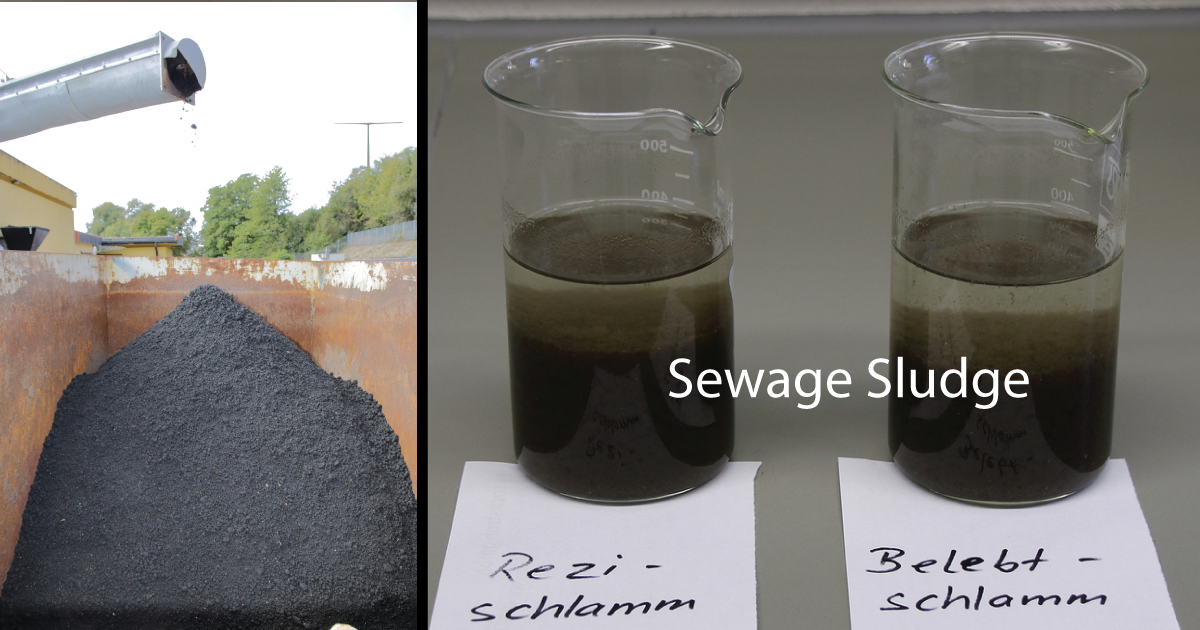
Concerns Grow Over Tainted Sewage Sludge Spread on Croplands
For more than 20 years, the eastern Michigan town of Lapeer sent leftover sludge from its sewage treatment plant to area farms, supplying them with high-quality, free fertilizer while avoiding the expense of disposal elsewhere.
September 12, 2019 | Source: AP News | by John Flesher
For more than 20 years, the eastern Michigan town of Lapeer sent leftover sludge from its sewage treatment plant to area farms, supplying them with high-quality, free fertilizer while avoiding the expense of disposal elsewhere.
But state inspectors ordered a halt to the practice in 2017 after learning the material was laced with one of the potentially harmful chemicals known collectively as PFAS, which are turning up in drinking water and some foods across the U.S.
Now, the city of 8,800 expects to pay about $3 million to have the waste treated at another facility and the leftover solids shipped to a landfill. Testing has found elevated PFAS levels in just one field where the sludge was spread, but farmers have lost an economical fertilizer source and hope more contamination doesn’t turn up.
“I feel bad for them,” said Michael Wurts, superintendent of the waste treatment plant, who ruefully recalls promoting sludge as an agricultural soil additive to growers in the community. “The city didn’t do anything malicious. We had no clue this was going on.”
